15 Things I Wish I Knew Before Visiting Petra Jordan
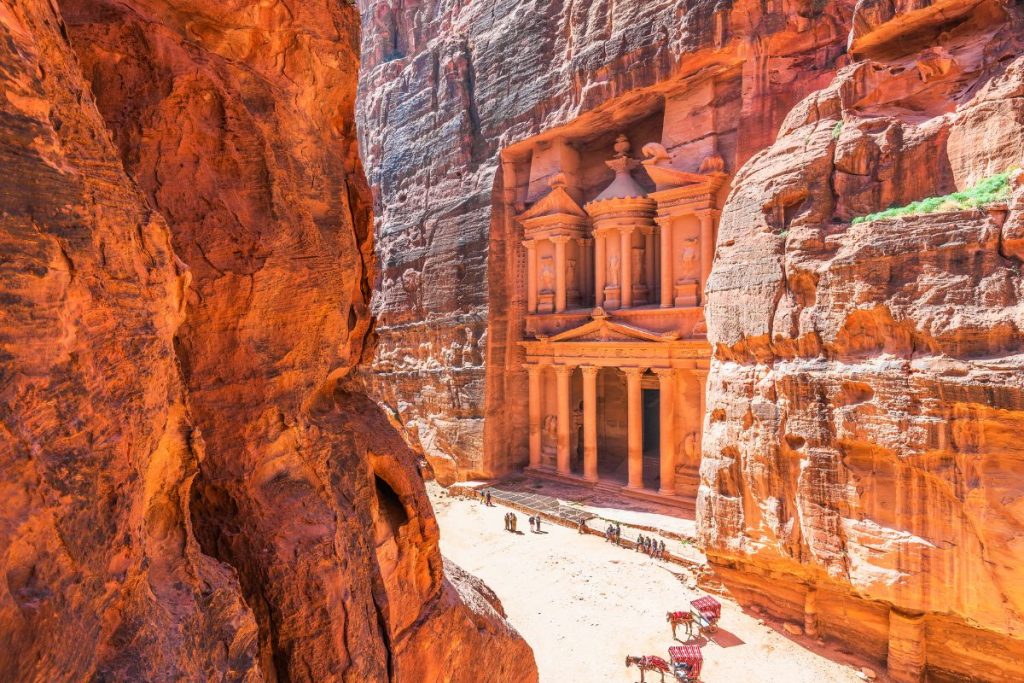
If you’re coming to Jordan, you will definitely be planning a Petra tour. However, finding a reliable and concise guide takes a lot of work. That’s especially unfortunate, considering there are over a million visitors every year, and it’s regarded as one of the New 7 Wonders of the World. No need to worry; we have you covered .
.
This article covers the 15 things we wished we knew before visiting Petra, including detailed interactive Petra maps including trails. We won’t go into the details of each and every monument, but we give you enough information to plan your visit to the Rose City, be it for a day or a week.
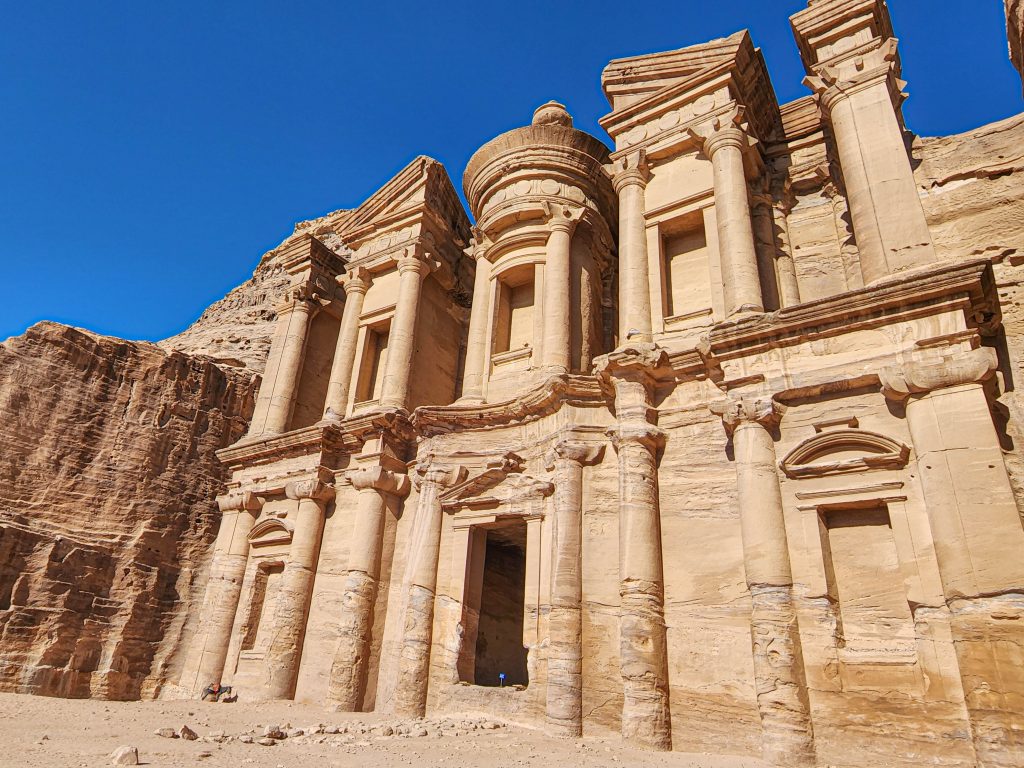
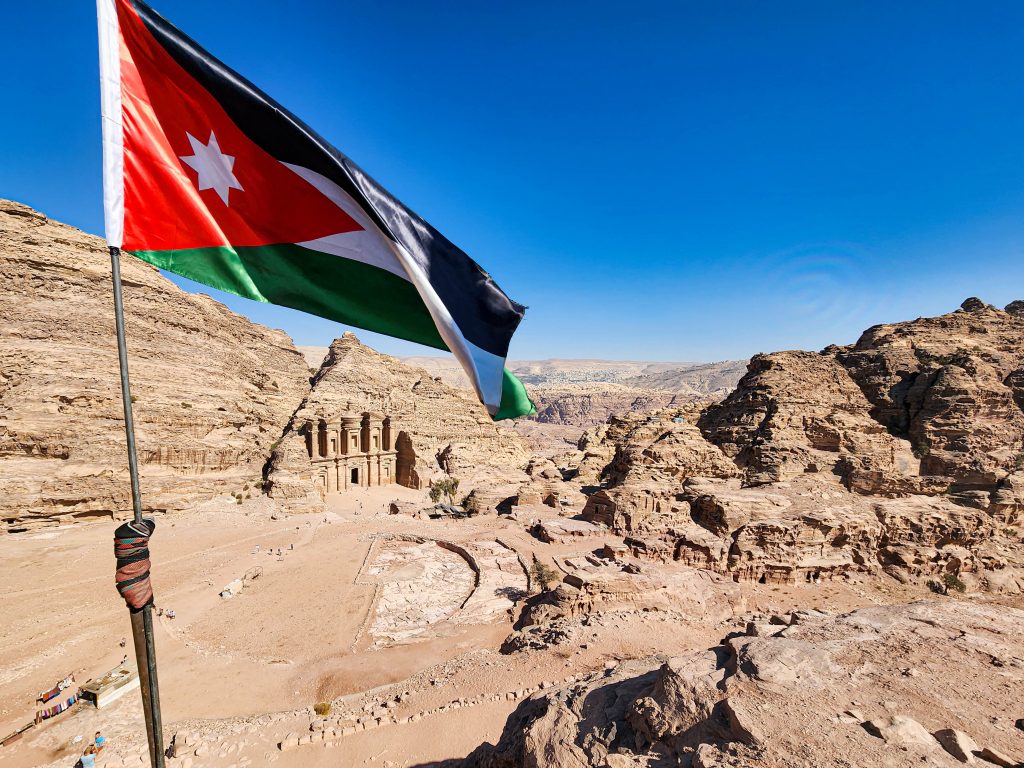
Chances are, if you’re reading this article, you know that Petra was the capital of the Nabataean Arabs and is one of the most famous archaeological sites in the world. It’s a UNESCO World Heritage Site and one of the New 7 Wonders of the World.
People come to see the buildings carved from sandstone in relief, like the Treasury, which is why Petra is called the Rose City. You’ll learn about this ancient and powerful Nabataean Kingdom that rivaled the power of a Decapolis City. Like those cities, Petra remained an independent city-state during the Roman formation of Judea and only came under Roman rule 200 years later when the emperor Trajan annexed Arabia.
Jordan’s an ancient land with a rich history, but the modern history of Petra is equally as fascinating. The city was lost to Europeans until 1812 when Johann Ludwig Burckhardt found the valley inhabited by semi-nomadic Bedouins. That is why Petra is often called the Lost City. Archeological studies began in earnest in 1929 and continue today. Even after nearly a century of study, only five percent of the city has been uncovered, and many mysteries remain. The B’doul Bedouins still live in the valley and are the caretakers and guides of Petra, and are an integral part of the Petra experience.
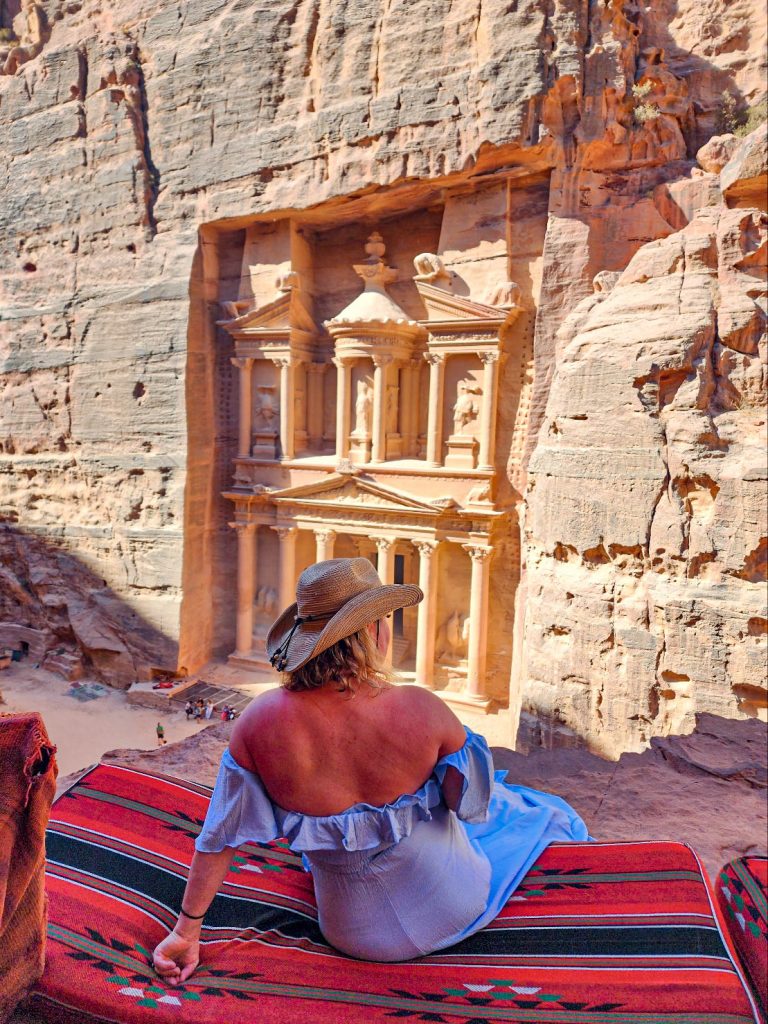
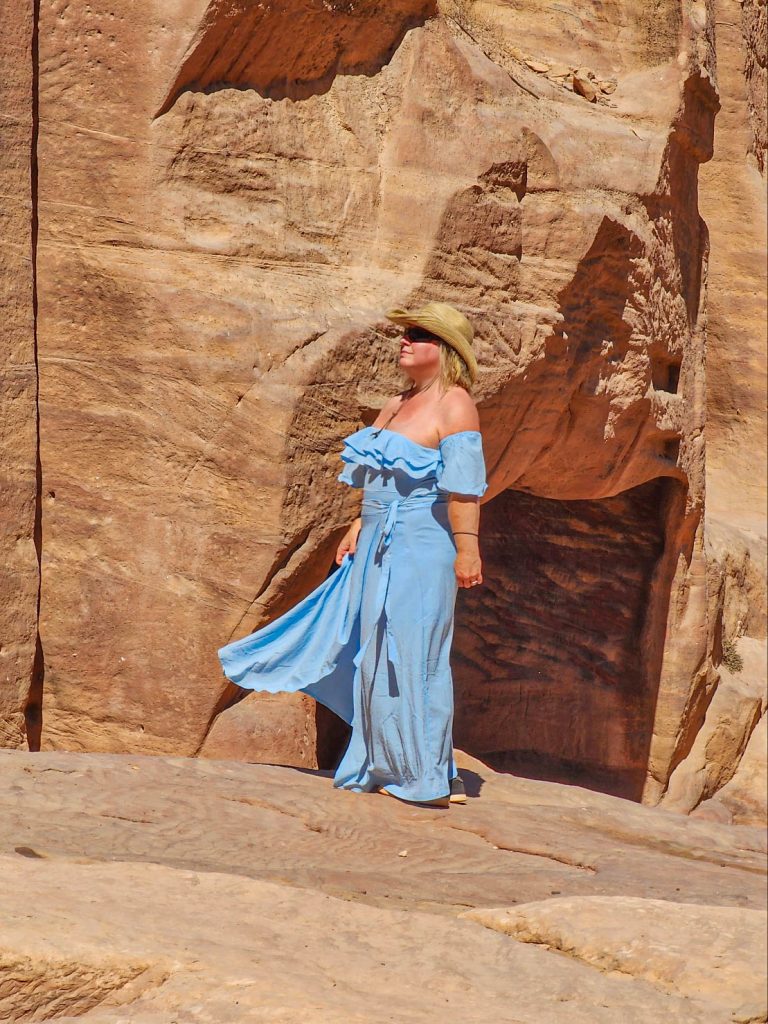
Petra is open 365 days a year with slightly shorter winter hours. Petra at Night runs three days a week. Petra’s hours are as follows:
Petra Opening Hours
- 6:00 AM – 6:00 PM during the Summer
- 6:00 AM – 4:00 PM during the Winter
Petra At Night
- 8:30 PM -10:00 PM Monday, Wednesday, and Thursday
Spring is generally the best time to visit Petra, which is why it’s the high season in Jordan. The hot season lasts for 4.1 months, from late May to early October. October is a sweet spot to visit because most places are still running their summer operations, the heat is down and you aren’t fighting peak season crowds. For reference, the closest weather station is in Ma’An.
Winter is an interesting time to visit Petra, especially for photographers. There are fewer people (re: open frames) and generally better lighting. Shooting shadowy canyons with brightly lit skies is notoriously difficult and the subdued winter light really shows off the color in the sandstone.
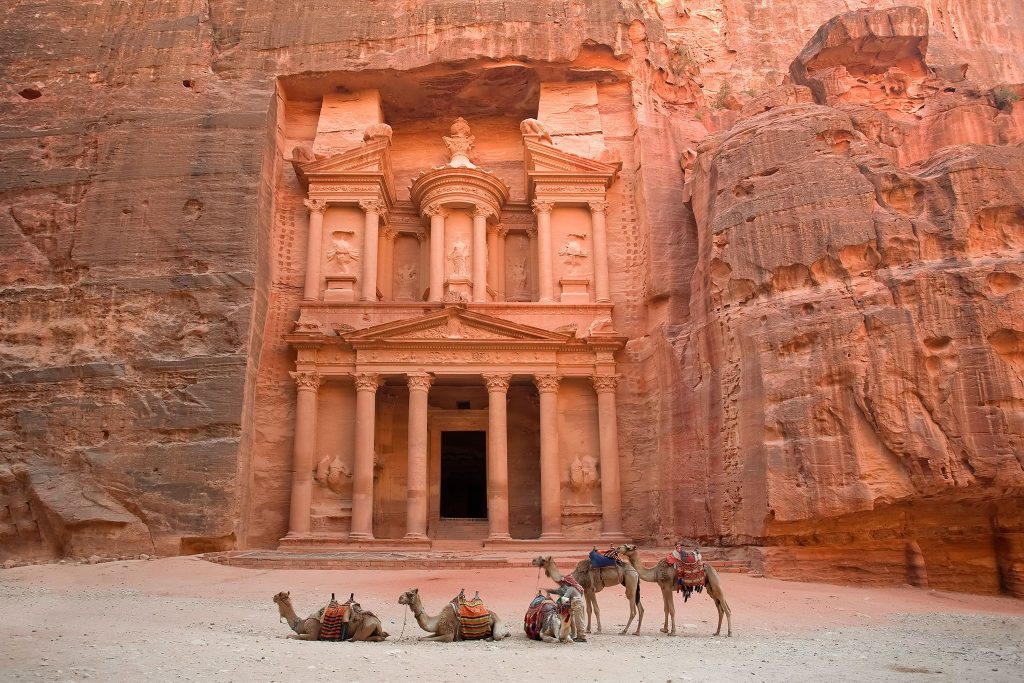
Petra is generally safe, but it’s still good to exercise reasonable caution. I found the Bedouin men extremely respectful, and courteous. This makes sense because they are in a tight knit devoutly religious community who rely on tourists for their income. The trails and climate do require some degree of caution.
For starters, you should wear comfortable shoes with a decent grip. The Nabatean stairs that climb out of the canyon are 2000 years old and certainly not up to OSHA standards. Also, it’s just plain hot in Petra, so follow our Petra packing guide and pace yourself, especially during the brutal heat of the day. Start early, wear sunscreen, and drink plenty of water. Also, be respectful (and cautious) wandering off the main trail. There’s a lot of empty desert around Petra, so getting a guide will increase your safety tremendously.
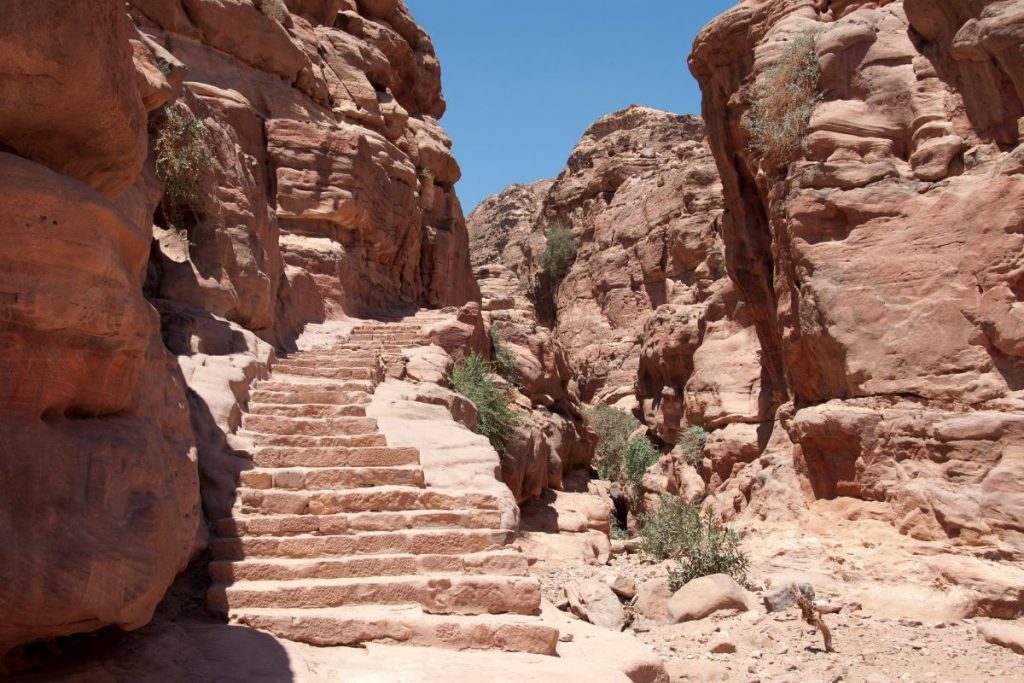
Our Petra packing guide is basically what to pack for a day hike with a few extra items.
The essentials to pack for Petra are:
- Sunscreen (love this stick sunscreen so my hands stay grease free when shooting photos)
- Water
- Steripen (if you plan on refilling your water bottle)
- Paper money (cash is king for tipping, buying water, snacks, food, crafts. Some of the restaurantstook cards, but everybody accepts cash)
- Sun protection (hat, lip balm, etc)
- Basic hiking kit (trekking pole (if you have one), moleskin, ibuprofen, etc)
- Camera (Petra is so pretty that you’ll want to remember it)-(This link is to my go-to camera
 )
)
- Digital maps (we have them, you might as well put them on your phone)
- Comfortable shoes
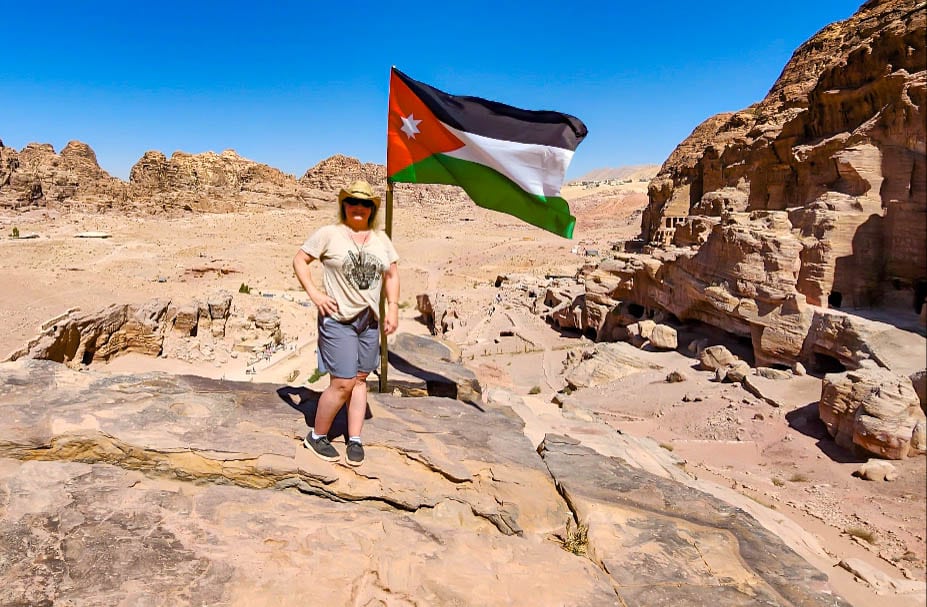
The Visitor Center sells tickets and provides information to visitors. It has brochures introducing Petra and its various monuments and maps of Petra, including an aerial view map and a physical relief of the area. This information is also presented in kiosks and displays around the center.
You can book licensed tour guides from the Visitor Center to take you through the site. Guides are suggested when you leave the main trail and are required for more challenging trips, like Aaron’s Tomb. A good local guide will not only make the ancient Nabatean city come to life but will introduce you to the modern B’doul Bedouin, whose culture is inextricably linked to Petra.
Another item to note about the Visitor Center is that there’s free Wi-Fi here. If you don’t have a data plan, this is the perfect place to load our interactive maps so you’ll have them while you’re walking around. I had an in-country data plan and found connectivity in several places within Petra, especially in the higher places such as the Monastery.
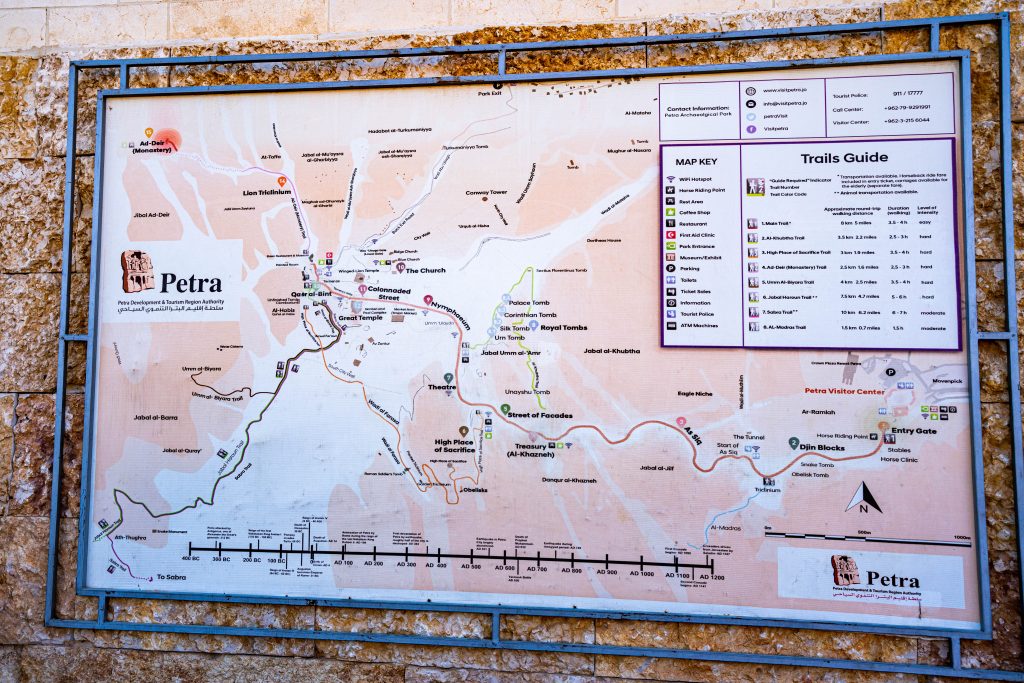

The Treasury, or Al Khazna, is the most famous attraction in Petra. It’s nearly 130′ tall and intricately carved from the walls of the Siq, but there’s so much more to see in Petra. The Main Trail runs about 2.5 miles from the Visitor Center to the end of Colonnaded Street near the Great Temple.
Attractions along the Main Trail in Petra include:
- The Siq – A slot canyon controlling the entrance to Petra
- The Treasury (Al Khazna) – A ornately carved building of unknown purpose
- The Tomb of Anensho – Anesho was the Minister of Queen Nabatiyeh Shaqilh II, who ruled between 70and 76 CE
- The Nabatean Theatre – A 4,000-seat theatre carved into the mountain during the reign of King Aretas IV (4BCE-CE 27)
- The Great Temple – One of the major archaeological and architectural components of central Petra
- The Temple of the Winged Lions – A temple dedicated to the Nabataean female ‘Allat (the goddess), also referred to in Petra as al-‘Uzza (the most powerful)
Beyond the Main Trail, several trails lead from the valley floor to historical sites on the canyon rim. In many places along these trails, you’ll find two-thousand-year-old steps carved into the stone with tombs and monuments along the route.
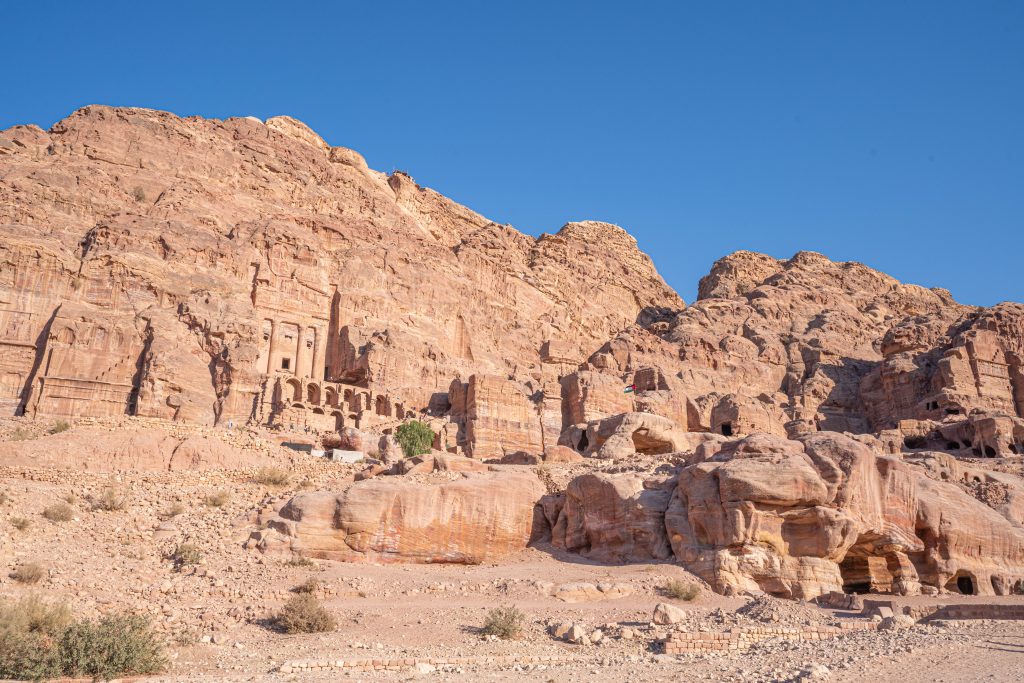
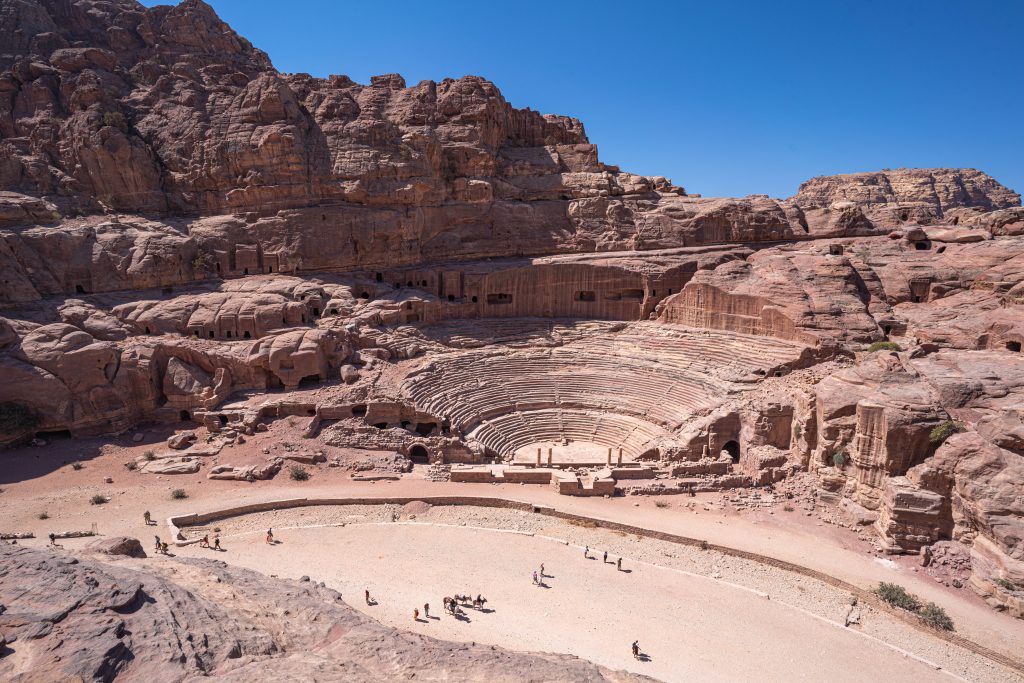
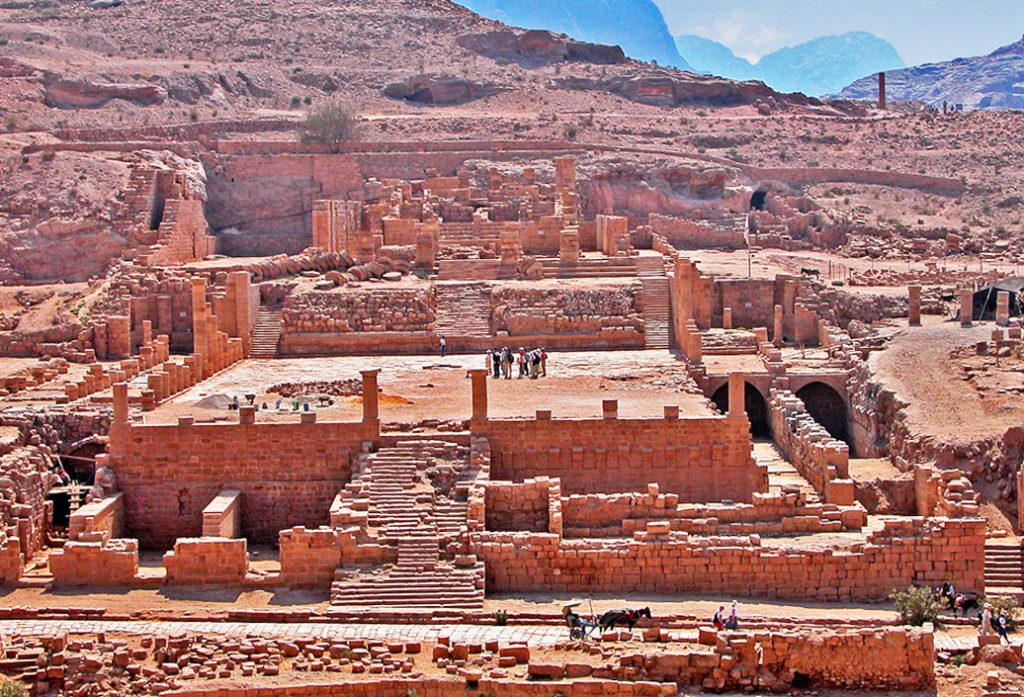
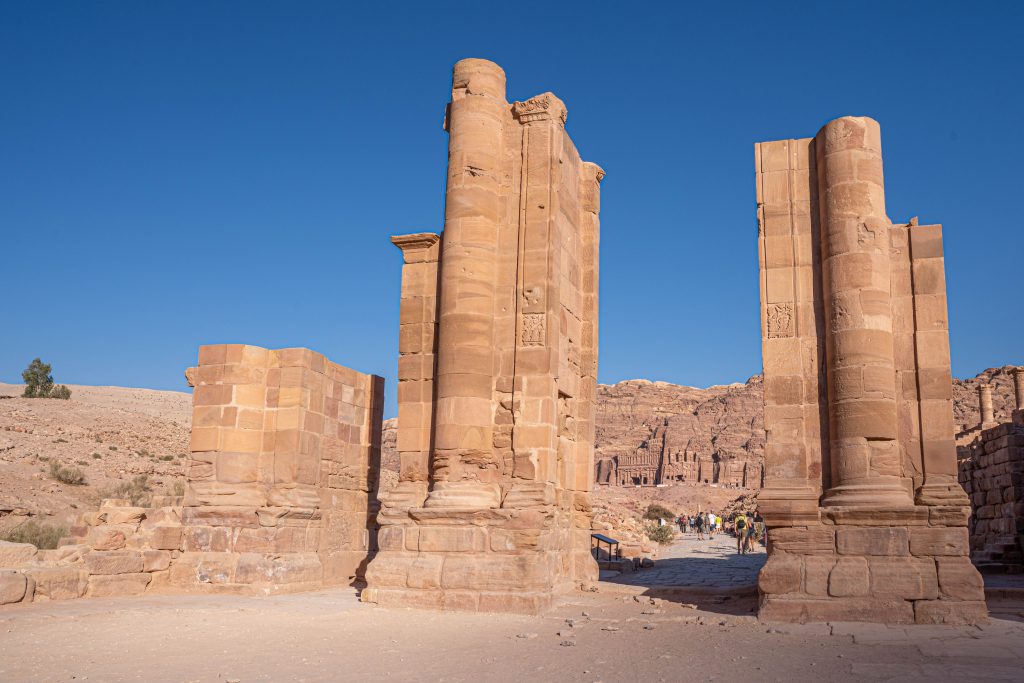
Attractions beyond the main trail include:
- The Monastery (Ad Deir) – A spectacular building carved in relief. The second most commonly visited monument in Petra, after the Treasury
- The Royal Tombs – A series of large mausoleums with impressive facades, including the Urn Tomb, Silk Tomb, Corinthian Tomb, Palace Tomb, and Tomb of Sextius Florentinus
- The Farsa Valley – A pilgrimage route to the High Place of Sacrifice with tombs and monuments along the way, including: the Renaissance Tomb, Tomb of the Soldier, Garden Temple, Lion Fountain, and the Zib Attuf Obelisks
- High Place of Sacrifice – A sacrificial altar on a hilltop overlooking the Nabatean Theatre
- Tomb of High Priest Aaron – The supposed burial place of Moses’ brother, Aaron, according to Jewish, Christian, and local Muslim traditions
We put these attractions (and trails) onto an interactive Petra Map (below). You can download this map by expanding it while you’re on your cell phone (upper right corner), and then you can track your position in real time. We constructed the map with native Google pins with crowd-sourced reviews and pictures, so take a little time to click around and explore, we promise it’s worth it
 .
.
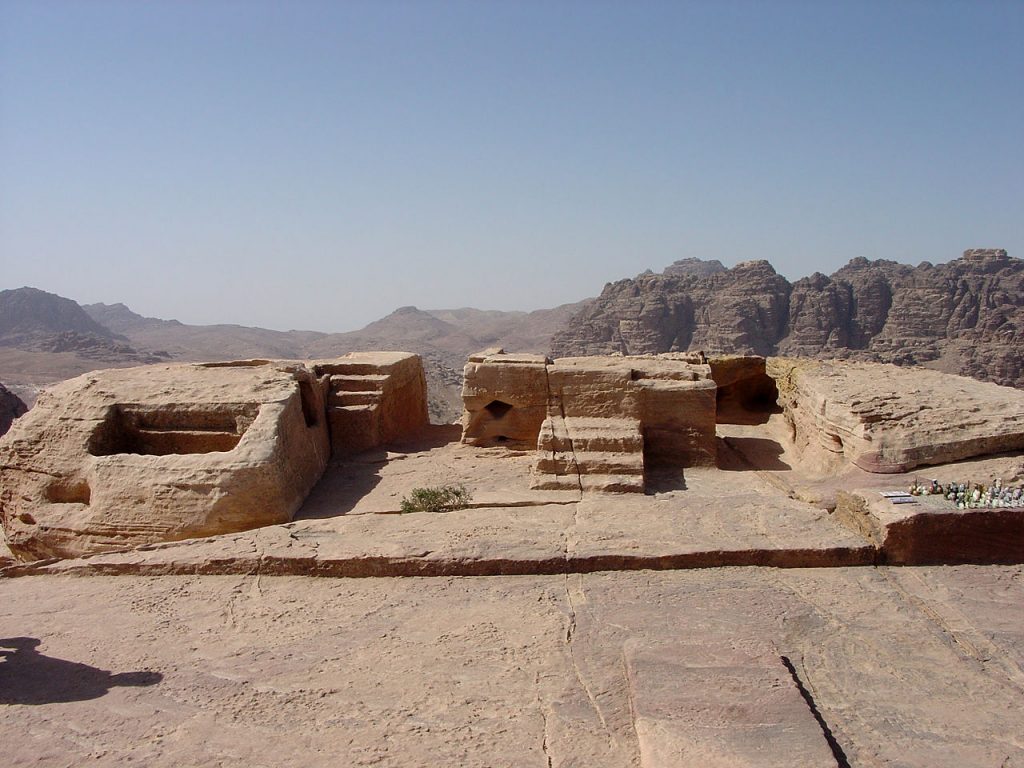
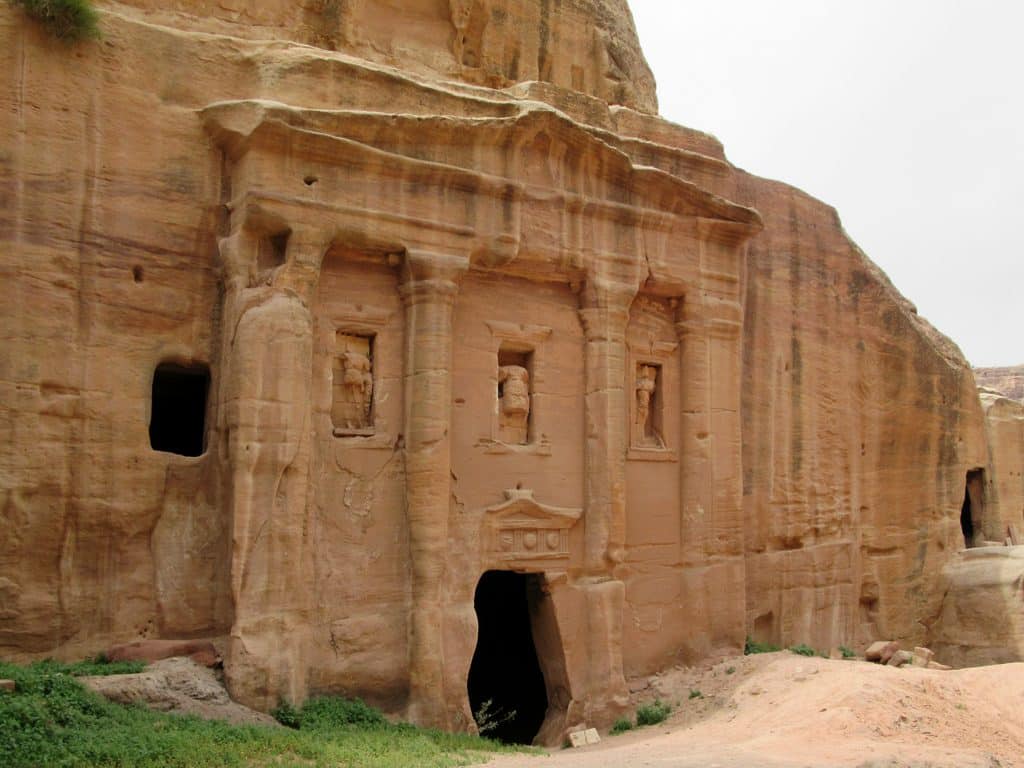
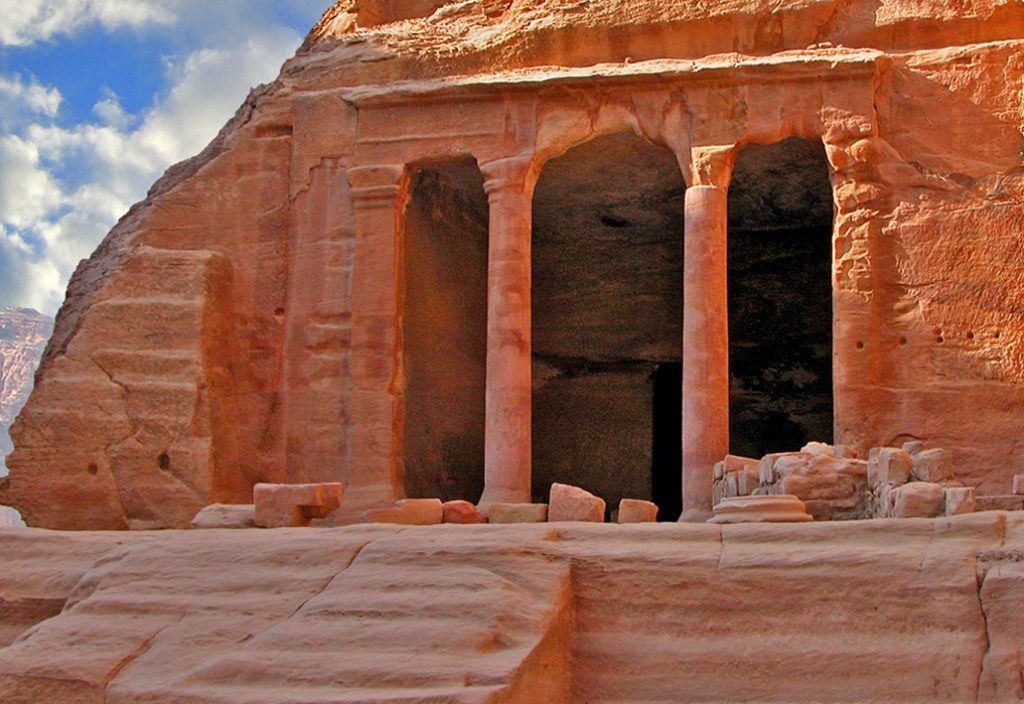
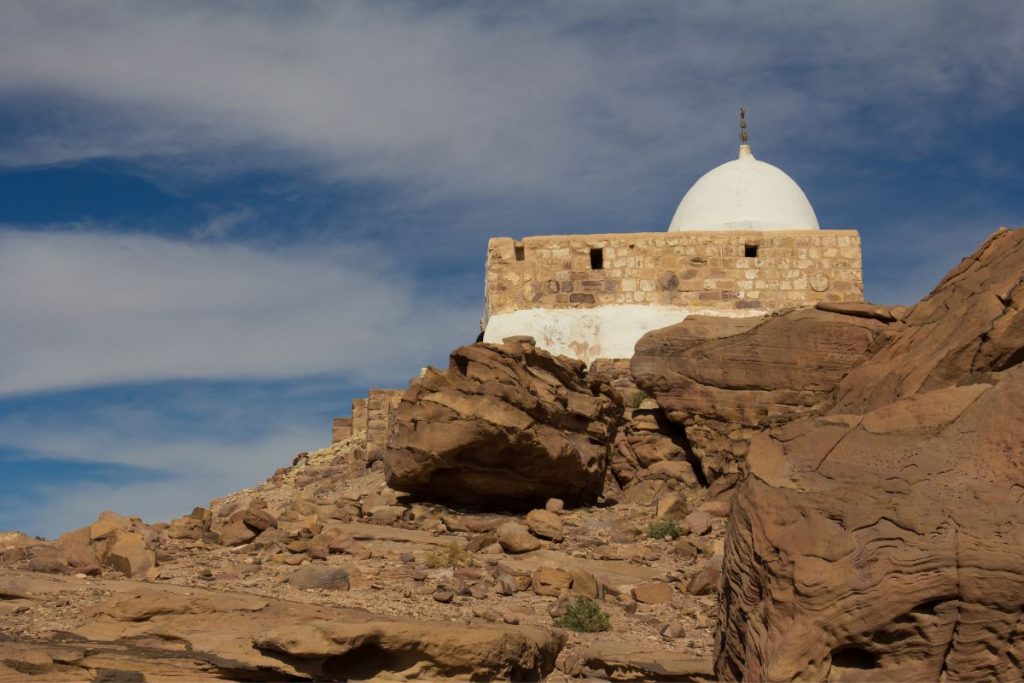
The Siq is 1.25 miles from the Visitor Center to the Treasury. However, the Siq proper is a 250′ deep canyon you enter at the base, which takes you the final 3/4 miles to the Treasury. All along the Siq, you’ll see evidence of the Nabatean water system that was essential to maintain a city of this size in the desert. It was so meticulously constructed that the Romans did not improve upon it during their occupation.
An earthquake in 363 CE damaged the Siq so extensively that the city never recovered, which showed its value to the ancient citizens of Petra. However, modern visitors need to know that 2.5 miles of walking the Siq (both in and out) will be part of any Petra visit.
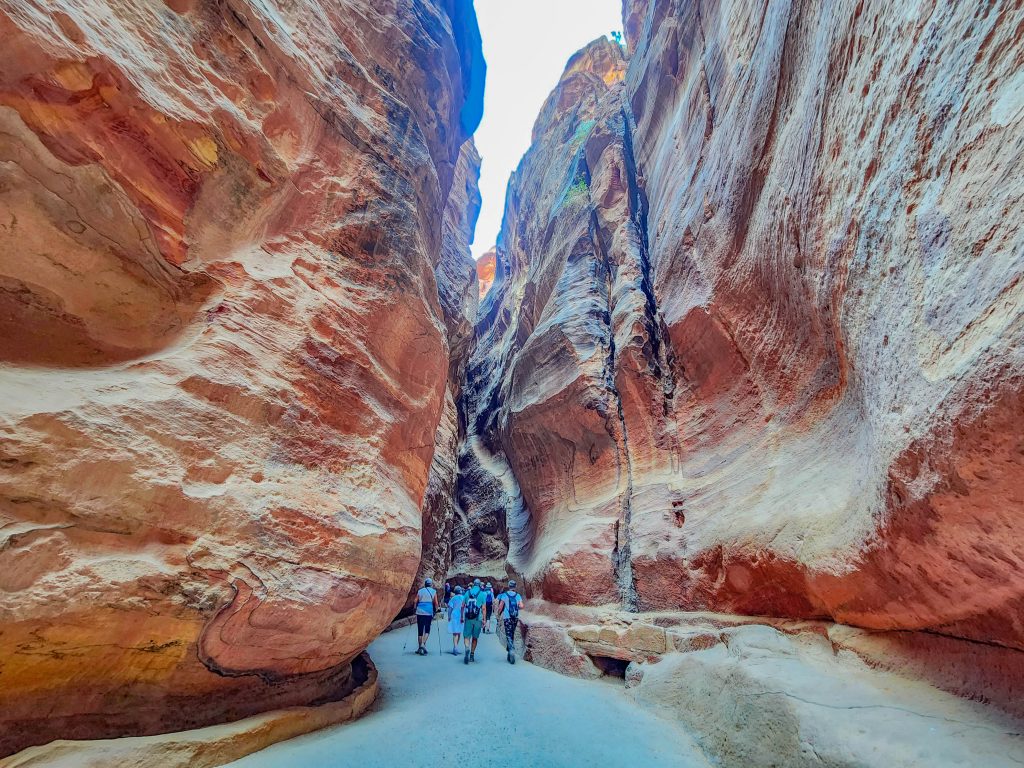
* This article was originally published here
Comments
Post a Comment